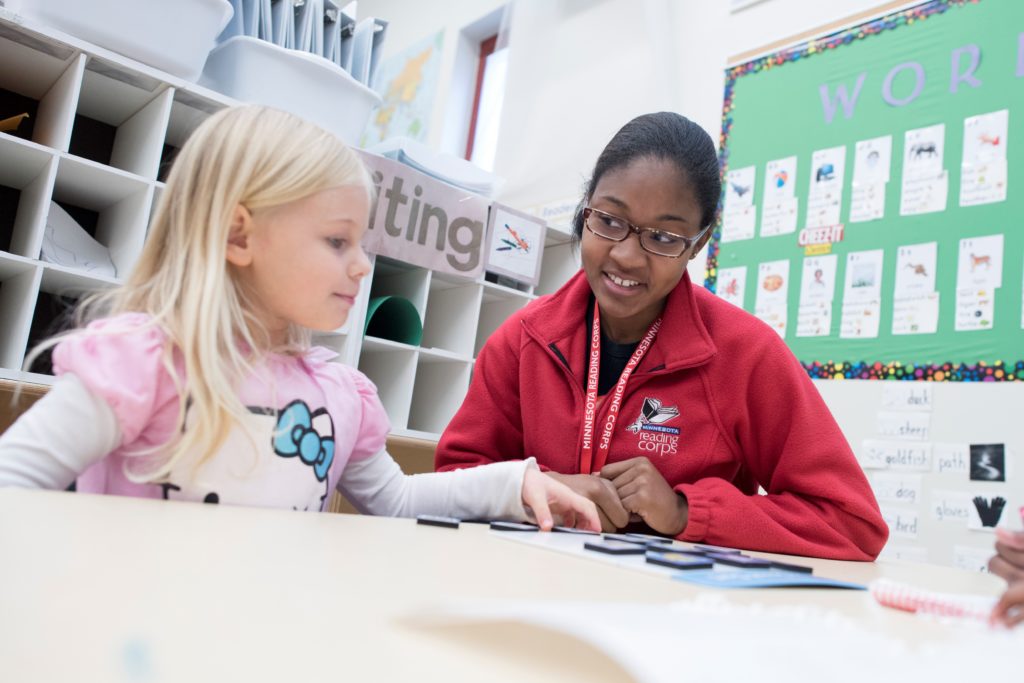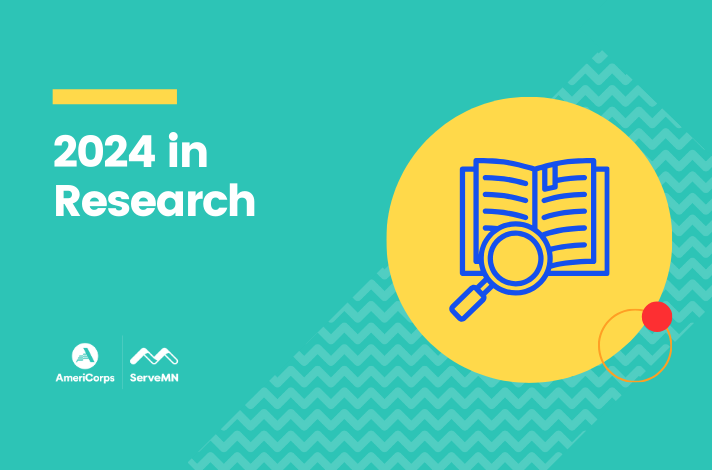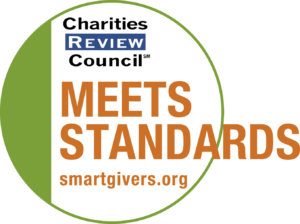Minnesota students’ declining math scores are a worry for so many reasons: The math courses that students take in high school are strongly related to students’ earnings around 10 years later, even after taking account of demographic, family and school characteristics, as well as the student’s highest educational degree attained, college major and occupation. And more complex courses are associated with a larger influence on wages and post-secondary enrollment.
Declining scores have direct effects academic and career success, but down the line, on securing individual career success and labor market productivity. The stakes are high. Given the importance of helping Minnesota students learn and achieve better math fluency, researchers working with Math Corps embarked on a year-long pilot to test whether math interventions should be offered to younger students – PreK, ages 3 to 5 – in order to better prepare them for math fluency in the future. Past research has shown that preschool math skills strongly predict elementary math skills
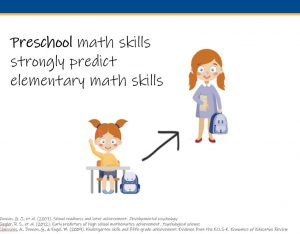
Elementary math skills not only predict middle and high school success in math but also other achievement in high school, including literacy skills.

As you can see in the next graphic, the Minnesota Comprehensive Achievement (MCA) proficiency rates have declined over time, and the outcomes for lower-income students (the second line below) is especially troubling:
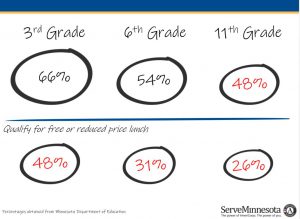
According to Peter Nelson, Ph.D., the Director of Research and Innovation at ServeMinnesota (a Reading Corps and Math Corps partner), the dispersion of achievement in math coincides with dispersion of opportunity and need. In the graphic below, you can see that even by the time kids get to preschool, they are spread along this continuum pretty widely. And unfortunately – that spread is predictable by things that we should not be able to use as predictors — things like students race and income, Nelson says.
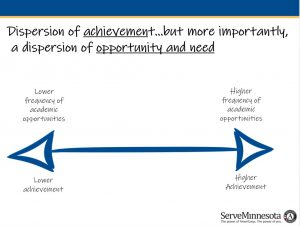
What’s not pictured here but also relevant is a dispersion of need – kids simply do not require the same amount or type of instruction.
PreK Numeracy Pilot Research Project
The basic ideas of the PreK numeracy research, Nelson explained, were outlined:
- Use research to determine “what works” for getting kids the skills they need in math before kindergarten.
- Translate that research into a replicable, feasible, and effective program.
- Recruit, train, and place full-time AmeriCorps members in classrooms to serve kids who need extra support.
- Improve and validate
- Scale using a built-in infrastructure of school partnerships.
To begin, 29 classroom sites in the Minneapolis-St. Paul area that included 506 students were offered PreK math. The research also included 124 suburban “comparison” students.
The Results
The results of the 2018-19 pilot were strong: Data showed a marked improvement in the study population of PreK children who received Math Corps interventions.
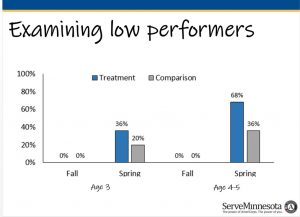
Pilot data showed a significant closure of the gap between the young Minneapolis-St. Paul students who received PreK math instruction and their suburban counterparts.
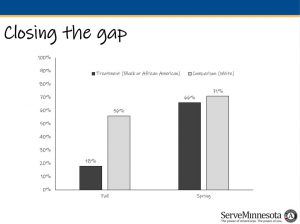
Additionally, participant satisfaction was high: Our organization retained 100% of the AmeriCorps members involved in PreK MathCorps last year, and many returned for a second year.
Moving Forward
The PreK math research continues this school year as the pilot program has expanded to 50 classrooms at 23 sites in the Twin Cities metro. We are working to further embed the math pilot into the existing PreK Reading Corps program, including embedding math into the existing training schedule so that there are no additional training dates required.
Finally, plans are in the works to continue to scale this program.
Do you have questions about the PreK math pilot? Please contact us at Julie@serveminnesota.org.

